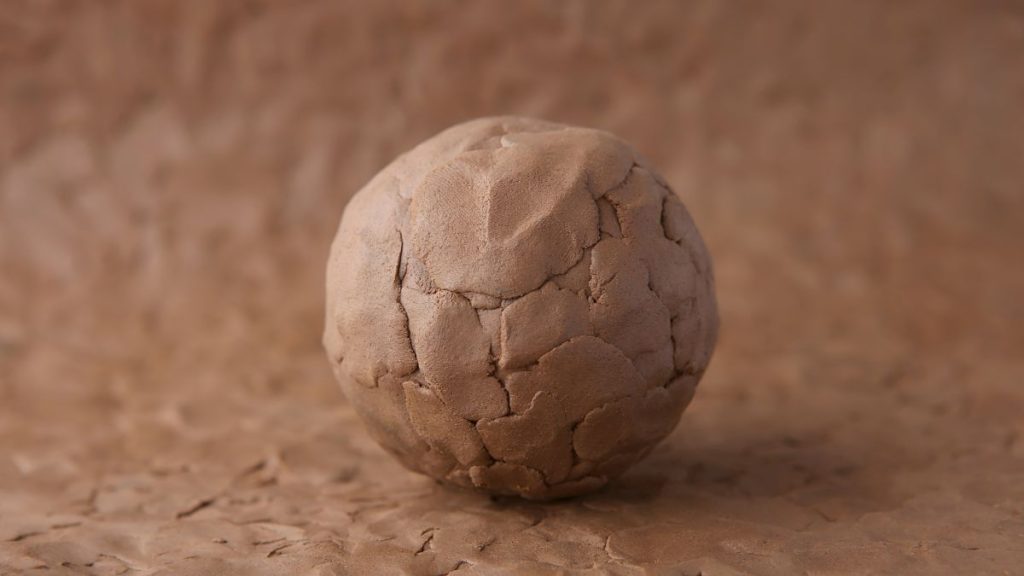Noncohesive Soils

What are noncohesive soils?
Noncohesive soils are mineral soils that exhibit granular characteristics in which the grains remain separate from each other and do not form clods or hold together in aggregates of particles. Noncohesive soils also may be called cohesionless soils or granular soils.
Characteristics
They tend to transmit water readily (relatively high hydraulic conductivity or permeability) and exhibit shear strength that has only a friction component with zero cohesion intercept. In the soil classification system used by soil scientists, noncohesive soils include sand, loamy sand, and possibly sandy loam if the silt-sized particles are nonplastic or nonsticky.
In the soil classification system used by engineers (ASTM 2011), soils are classified initially by the amount of the soil mass that passes through a standard #200 sieve (200 openings per inch or 200 openings per 25.4 mm) with 0.075-mm openings (ASTM 2009); particles that are retained on a #200 sieve are classified as coarse-grained (sand, gravel, cobbles, boulders), whereas particles that pass through a #200 sieve are classified as fine-grained (silt, clay), and typically referred to as “fines.”
Coarse-grained soils have more than 50% by weight larger than the #200 sieve. By this classification, all noncohesive soils are coarse-grained soils. However, coarse-grained soils are further classified by amount of fines that are included.
“Clean” sandy or gravely soils are those that contain less than 5% fines (well-graded or poorly graded sand or gravel); sandy or gravely soils “with fines” contain more than 12% fines (silty or clayey sand or gravel).
Coarse-grained soils containing between 5% and 12% fines are given dual classifications.
Clean sand and gravel are noncohesive soils. Sand and gravel with silt may be noncohesive if the silt is nonplastic, which requires the determination of the Atterberg limits (ASTM 2010). Sand and gravel with clay or plastic silt would exhibit cohesive behavior.

The Atterberg limits consists of two measured properties (liquid limit and plastic limit) and one calculated parameter (plasticity index). Determination of noncohesive behavior of soils would require only the plastic limit test. All Atterberg limits are determined on samples of soil that pass the #40 sieve, which has 0.42-mm openings (medium sand size and smaller, including fines that may be part of the soil material).
The plastic limit is the water content at which the soil-water paste changes from a semisolid to a plastic consistency as it is rolled into a 3.175-mm (1/8 in.) diameter thread in a standard test.
Nonplastic soils are noncohesive; the soil-water paste breaks apart regardless of its water content as attempts are made to roll it into a standard thread.

Noncohesive soils can have temporary cohesive-like behavior caused by the surfacetension effects moisture, which explains why a sand castle can be built with moist beach sand, but not with dry dune sand, and why the sand castle collapses as the sand dries.

